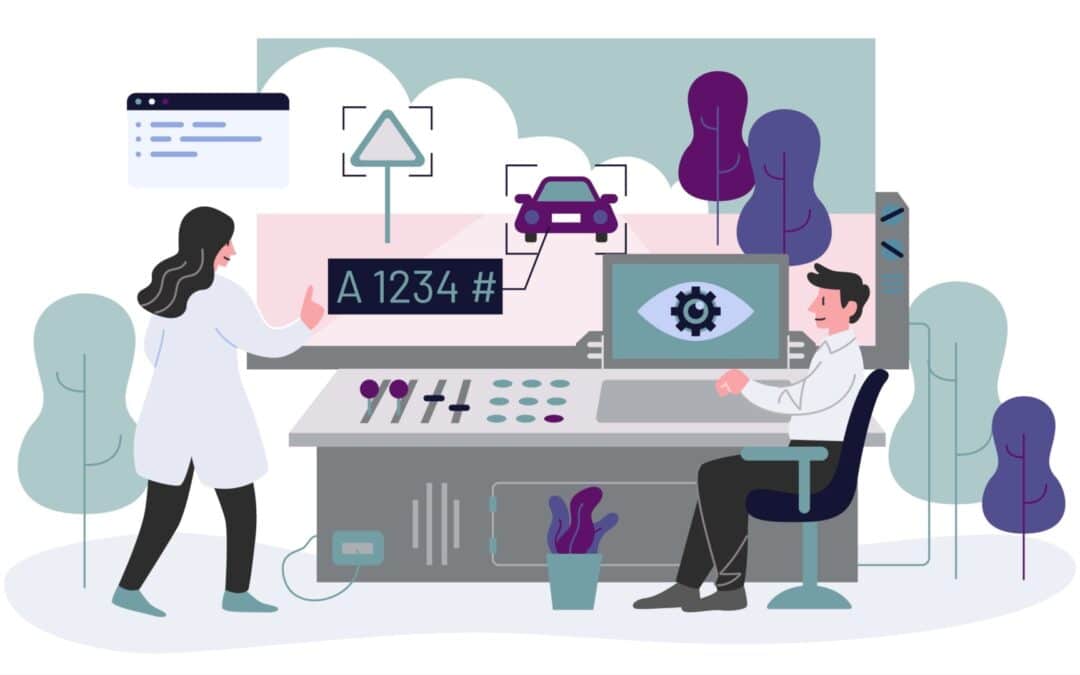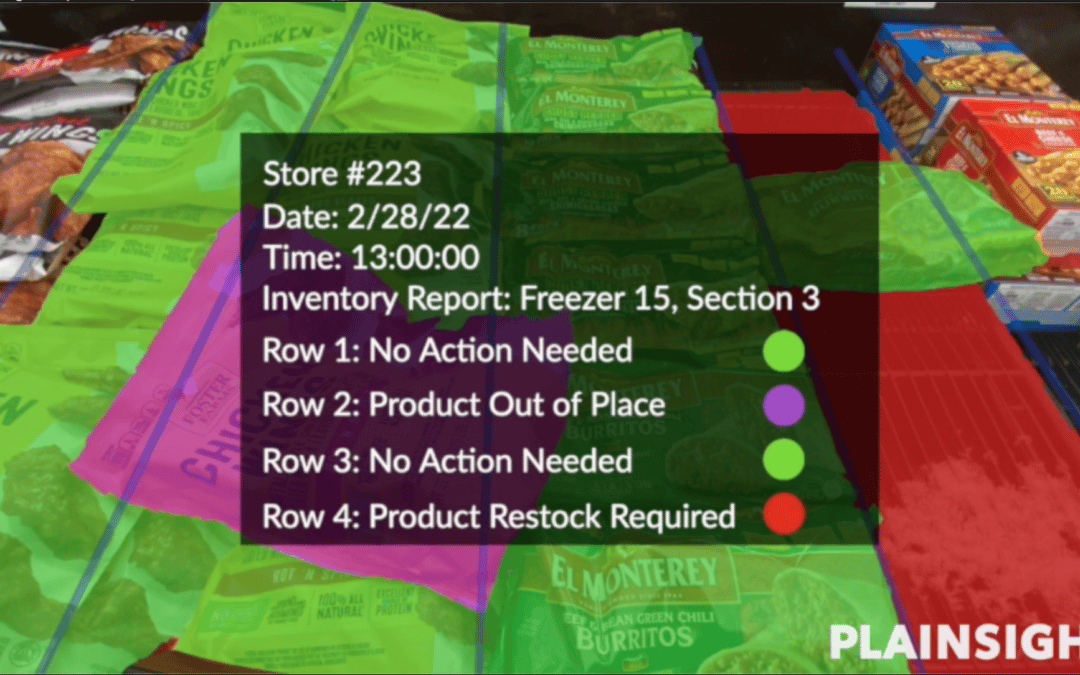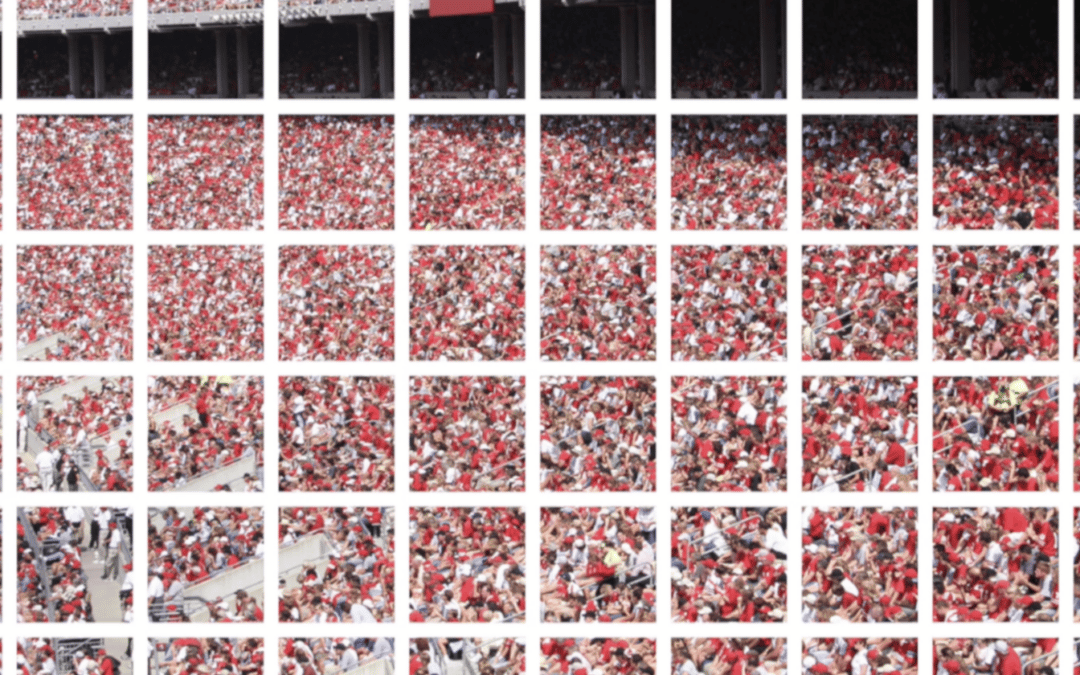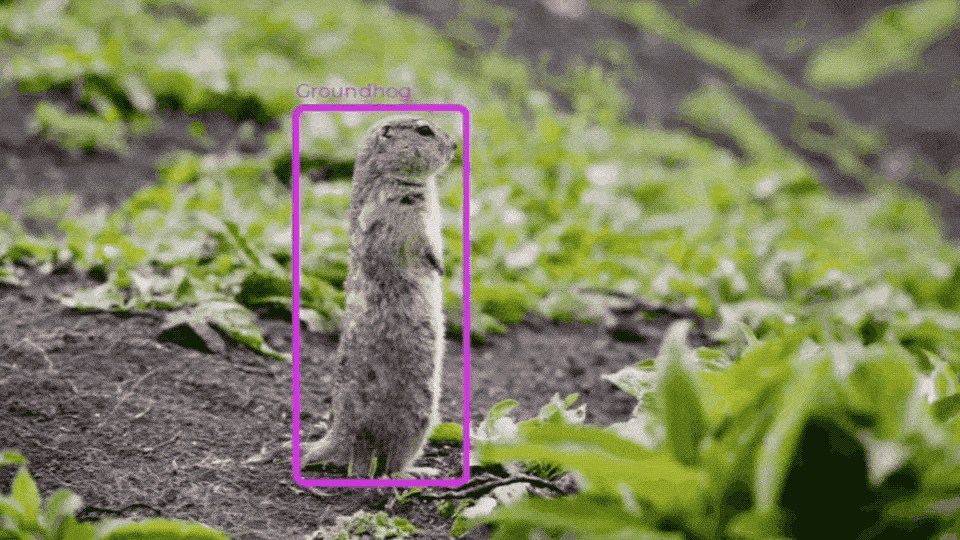
What Is Vision AI and Why Is it Important?
In this post, we’ll define vision AI, what it means for enterprises in different industries.

In this post, we’ll define vision AI, what it means for enterprises in different industries.

When it comes to digital transformation, retailers are no longer asking, “What if?” They’re saying the time is now. For the retail industry in particular, integrating vision AI applications into traditional store operations can open up a world of fresh insights that empower better decision making.

Tiling is an important process for analysis of images with computer vision and allows for a more detailed look at specific sections of an image without sacrificing resolution. After dividing an image into tiles, computer vision algorithms can then inference on each individual tile before reassembling them into a new composite image.

Shadows can pose a unique problem for model accuracy, specifically in the case of instance segmentation and object detection. Without a robust dataset that includes shadows, your model may mistake the shadow as an additional detection–which can skew accuracy.